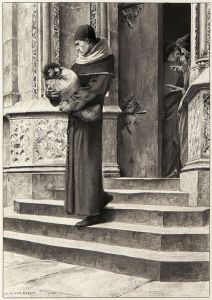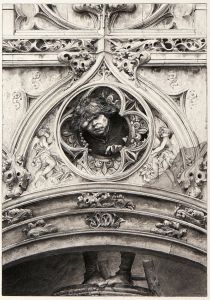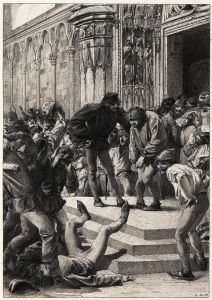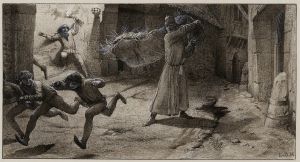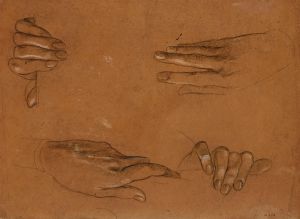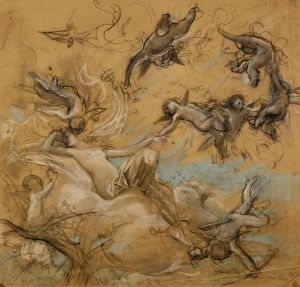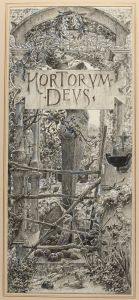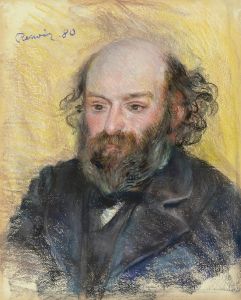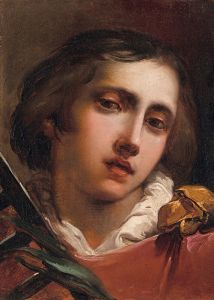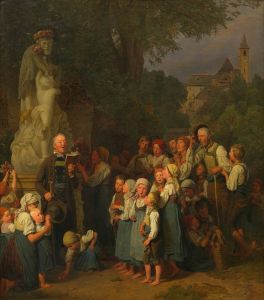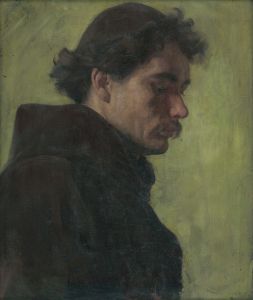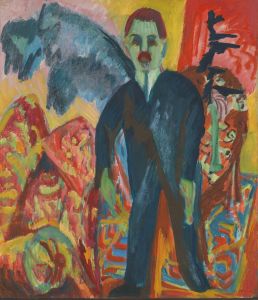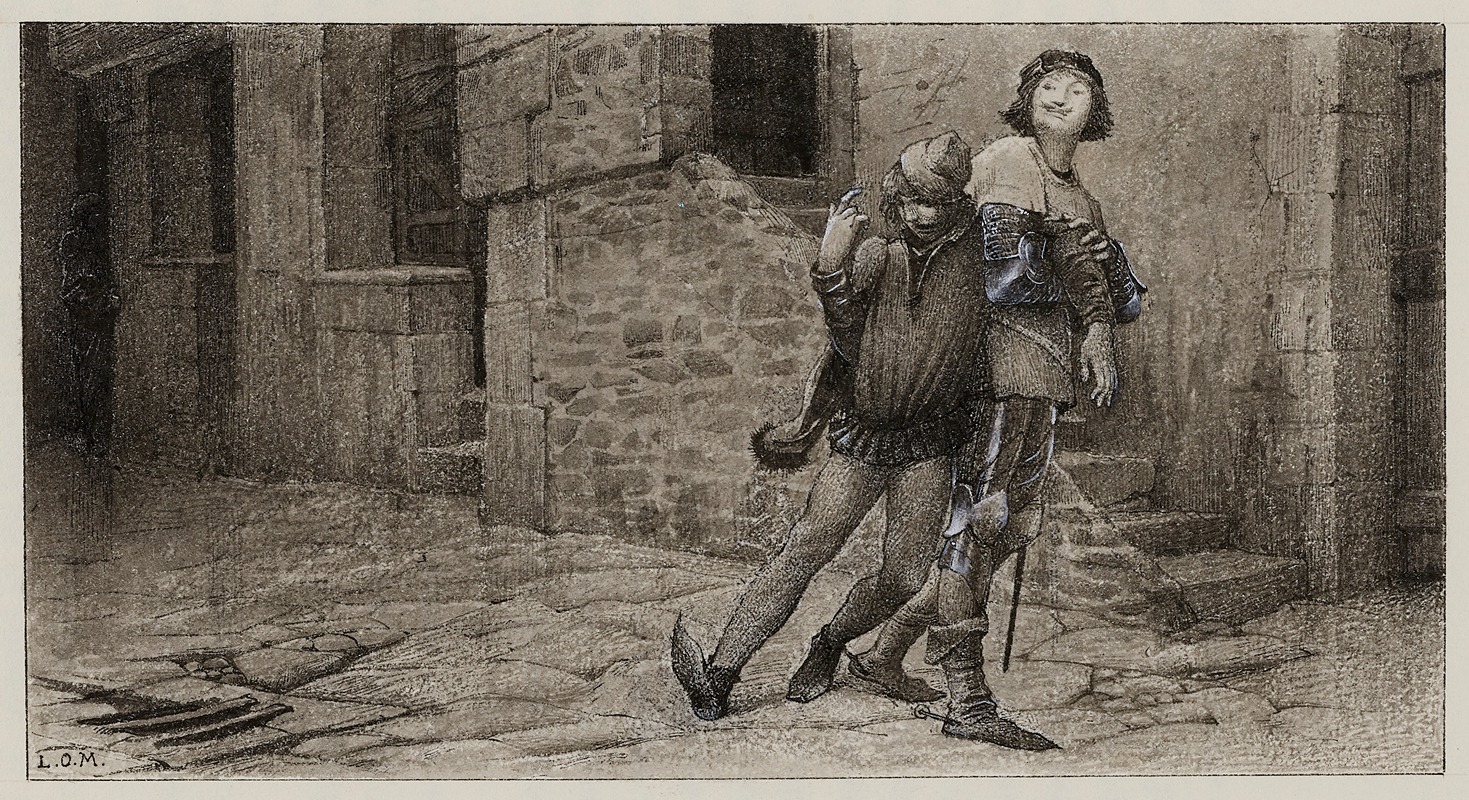
Le moine bourru
A hand-painted replica of Luc-Olivier Merson’s masterpiece Le moine bourru, meticulously crafted by professional artists to capture the true essence of the original. Each piece is created with museum-quality canvas and rare mineral pigments, carefully painted by experienced artists with delicate brushstrokes and rich, layered colors to perfectly recreate the texture of the original artwork. Unlike machine-printed reproductions, this hand-painted version brings the painting to life, infused with the artist’s emotions and skill in every stroke. Whether for personal collection or home decoration, it instantly elevates the artistic atmosphere of any space.
Luc-Olivier Merson was a notable French painter and illustrator, recognized for his contributions to the Symbolist movement in the late 19th and early 20th centuries. Born in Paris in 1846, Merson was the son of Charles-Olivier Merson, a respected art critic and writer. He studied at the École des Beaux-Arts under the tutelage of Gustave Chassevent-Bacques and Isidore Pils, which laid the foundation for his artistic career.
Merson's work is characterized by its meticulous attention to detail and a penchant for historical and religious themes. He gained significant acclaim for his painting "Le moine bourru," which translates to "The Surly Monk." This painting is an exemplary piece that showcases Merson's skill in blending realism with elements of fantasy and symbolism, a hallmark of his artistic style.
"Le moine bourru" depicts a monk, whose demeanor and expression suggest a sense of grumpiness or surliness, as the title implies. The painting is noted for its intricate detail and the way it captures the mood and personality of the subject. Merson's ability to convey complex emotions through his subjects is a testament to his skill as a portraitist and his deep understanding of human nature.
The painting reflects Merson's interest in exploring themes of spirituality and human emotion, common motifs in his body of work. His style often involved a careful balance between realism and imaginative elements, allowing viewers to engage with the narrative and emotional depth of his paintings.
Merson's career was marked by numerous accolades, including the prestigious Prix de Rome in 1869, which allowed him to study in Italy. This experience greatly influenced his artistic development, as he was exposed to Renaissance art and the works of the Old Masters. These influences are evident in the classical composition and detailed execution of "Le moine bourru."
In addition to his paintings, Merson was also a prolific illustrator, contributing to various publications and creating designs for postage stamps and banknotes. His versatility as an artist extended to theater, where he designed sets and costumes, further showcasing his ability to work across different mediums and styles.
Merson's contributions to the art world were recognized during his lifetime, and he was appointed a member of the Académie des Beaux-Arts in 1906. His work continues to be appreciated for its technical excellence and the unique way it captures the essence of its subjects.
"Le moine bourru" remains an important piece within Merson's oeuvre, exemplifying his mastery of blending narrative with visual art. It stands as a testament to his ability to evoke emotion and thought through his work, securing his place as a significant figure in the history of French art.






